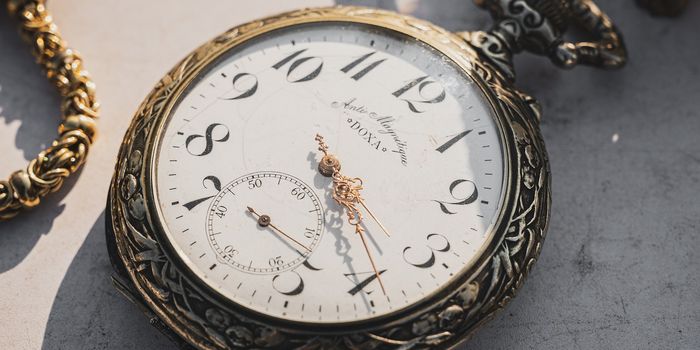Can Playing Your Favorite Music Improve Your Physical Performance?
If you go to the gym, you will usually see people with headphones jamming out to their favorite music while exercising. If asked, they may say it helps them get a better workout. Does music really help, though?
Studies have examined this phenomenon, but the results aren’t clear. Some suggest a music’s tempo can synchronize with a runner’s step, while others say it may simply be a distraction from the pain and exhaustion from intense exercise. A new study from the University of Campinas in Brazil wanted to determine if a runner’s performance was affected by the type of music they listened to, specifically preferred music over non-preferred.
To do this, the team gathered ten men and ten women and studied how listening to their preferred music effected their aerobic threshold intensity. Aerobic threshold intensity is the point where lactic acid, a byproduct that is commonly associated with the soreness you feel after a workout, is both made and cleared at the same rate. Anything beyond this threshold is considered a severe workout, where pain and exhaustion become much more pronounced.
After the study was complete, the team found no overall correlation between preferred music and better performance based on the aerobic threshold intensity. However, if you looked at the individual male or female groups, the data showed a slight increase in aerobic threshold intensity performance. This extended to several other performance factors as well.
The study states, “…the preferred music did not significantly affect the physiological and perceptual responses during an incremental test, or the iAT determination.” The team notes that several performance factors improved in male and female groups separately, but could not be seen in the overall data. This, and several other studies, suggests music may affect men and women differently, although this study could not say for sure.
The study concludes, “In summary, preferred music did not affect the iAT determination in an incremental running test, nor the physiological and perceptive responses at this intensity independently of sex.”










